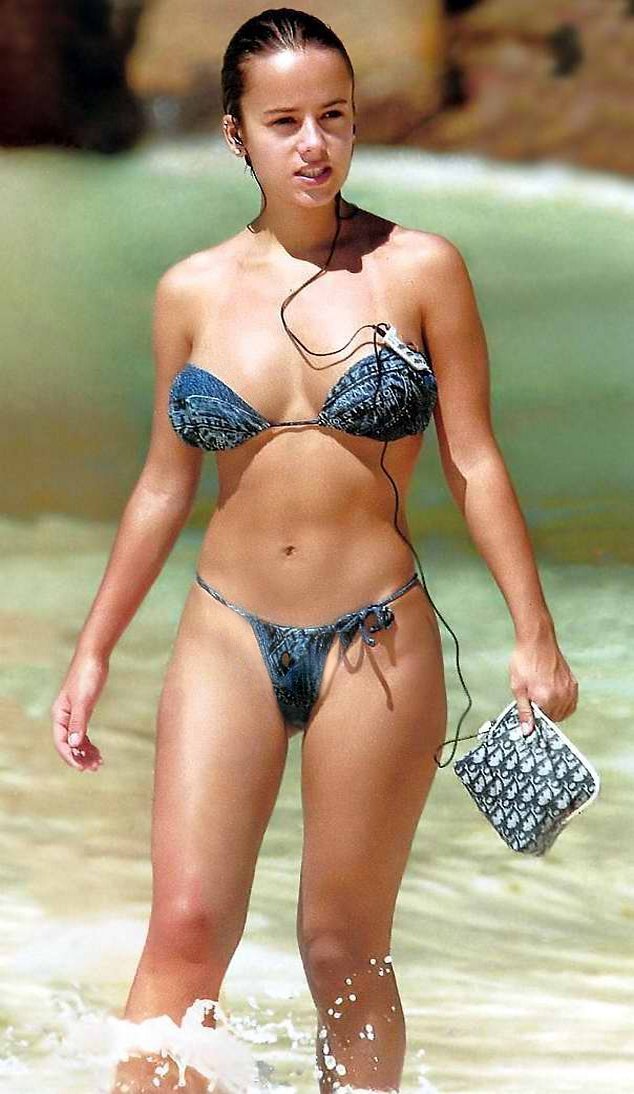

You can often find these in cheap picture frames. Unless it is an exceptionally calm day with no wind, it is also useful to have a clear perspex type sheet to lay over your arrangement.

Once you have gathered your items it is good to have a tray to put them on while think through how you are going to arrange them on the paper. Another useful tip is to find things that will lie as flat as possible, this will help you get a crisp outline to your shapes. Seaweed is brilliant, as are some of the sticks and rootballs that get washed up onto the beach.Īn important consideration is that you will only be left with it's silhouette, so none of its colour or texture will be captured. To make your print, first of all you need to go on a beach hunt looking for interesting shapes. Guess at what would be about one third of the paint and add that much glue. If you want to make the paint more permanent (in this raw state, it will mostly brush off the paper once it has dried) you can add PVA glue to your paint once you have made it into a smooth paste. Find small lumps in the liquid, squeeze and rub them between your fingers until they dissolve. You might have to help the process by getting your hands involved. Then stir, smush, press and grind the pieces in the water until you end up with a smooth runny paste. When you have lots of smallish pieces (around the size of a 1p piece or smaller) pour over some water so that it covers your pieces. bashing it with a stick or the pestle seems to make it go a bit claggy. Once you have your sample, break it up into little pieces - you can use your hands mostly. This is a slightly longer process than the two above and you will need a pestle and motar. You can easily pick off a small sample from the cliff face. The blackish cliffs at Charmouth West Beach, or 'Black Ven' are made from shale which is made up of layers and layers mudstone. Making Paint from the Cliffs - Charmouth West Beach


 0 kommentar(er)
0 kommentar(er)
